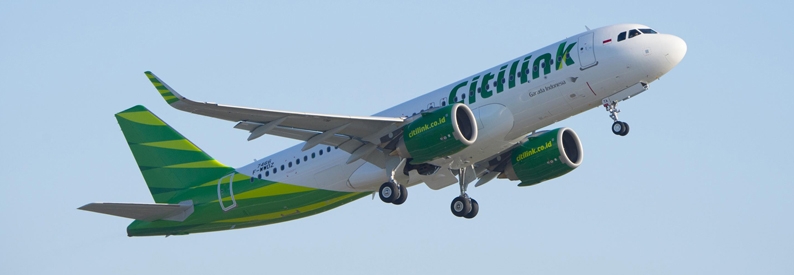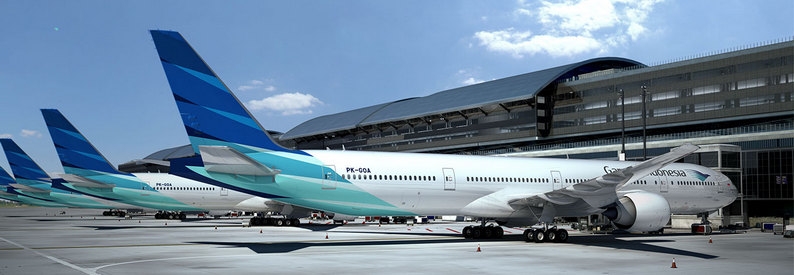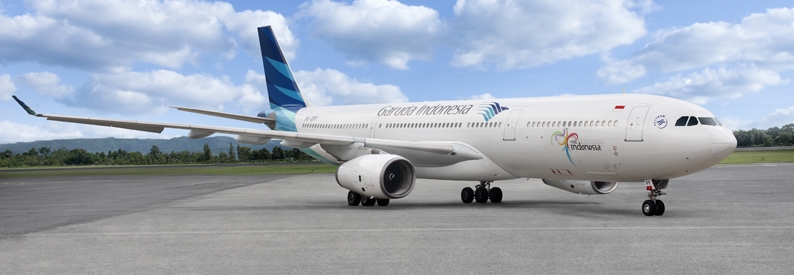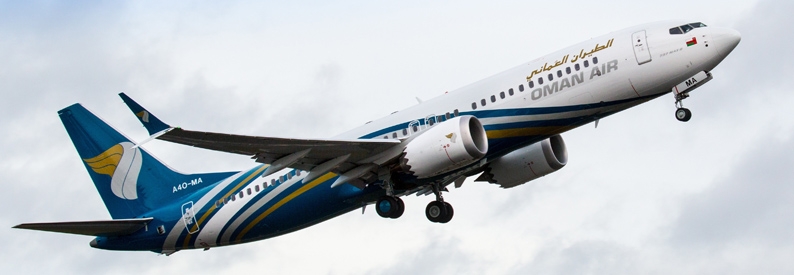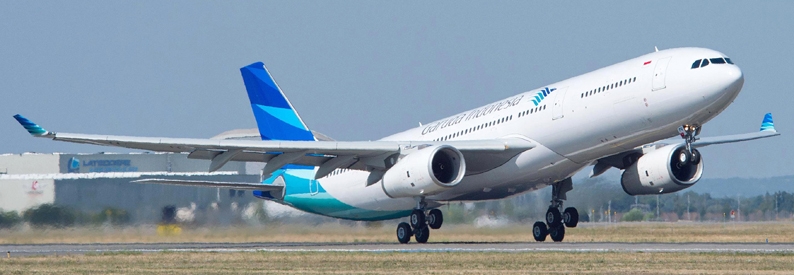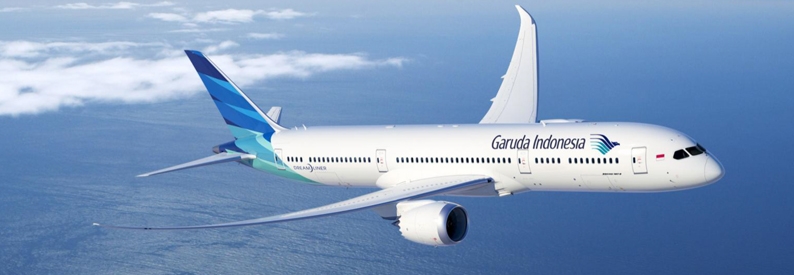Garuda Indonesia (GA, Jakarta Soekarno-Hatta) and subsidiary Citilink aim to have 100 aircraft in service by the end of the year, according to new Garuda CEO Wamildan Tsani. Currently, per the ch-aviation Commercial Aviation Aircraft Data module, the two carriers have 90 aircraft in-service.
Tsani told the newspaper Bisnis Indonesia that he was exploring all options to build the fleet, including wet and dry leases, citing the acquisition of three B737-800s via dry leases in recent months as evidence of this. However, the primary pathway to rebuilding the in-service fleet at both airlines is reactivating out-of-service aircraft. Tsani said two more B737-800s would re-enter service this quarter after spending a period of time on the ground for maintenance reasons.
Garuda Indonesia currently has 21 aircraft out of service, including four A330-200s, nine A330-300s, two A330-900Ns, four B737-800s, and two B777-300ERs, although some of these aircraft, such as the four Airbus widebodies at the centre of a protracted dispute with their lessors, will unlikely ever resume flying for Garuda.
Citilink has 23 aircraft on the ground, including thirteen A320-200s, five A320-200Ns, one A330-300, six ATR72-600s, and a single B737-500. Some of these aircraft, such as the B737-500, will also not resume flying for the carrier.
The weakening local currency further favours the reactivation of grounded aircraft rather than acquiring additional aircraft. The Indonesian rupiah has recently fallen to near three-decade lows because of political instability within the country and tariff changes out of the United States. Tsani said it costs around USD300,000 per month to lease individual aircraft, a significant impost when the local currency is so weak.

